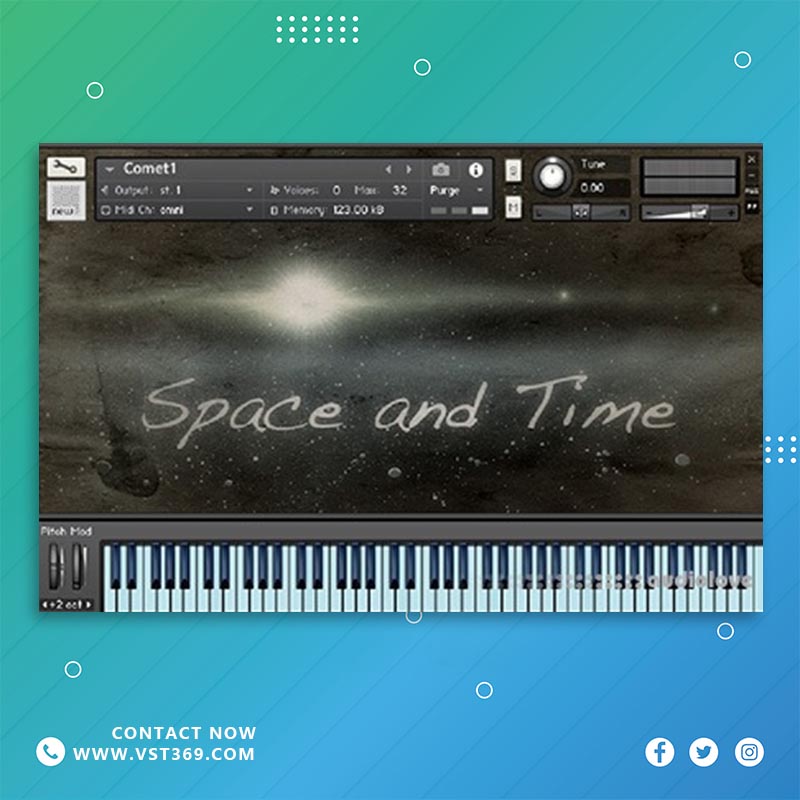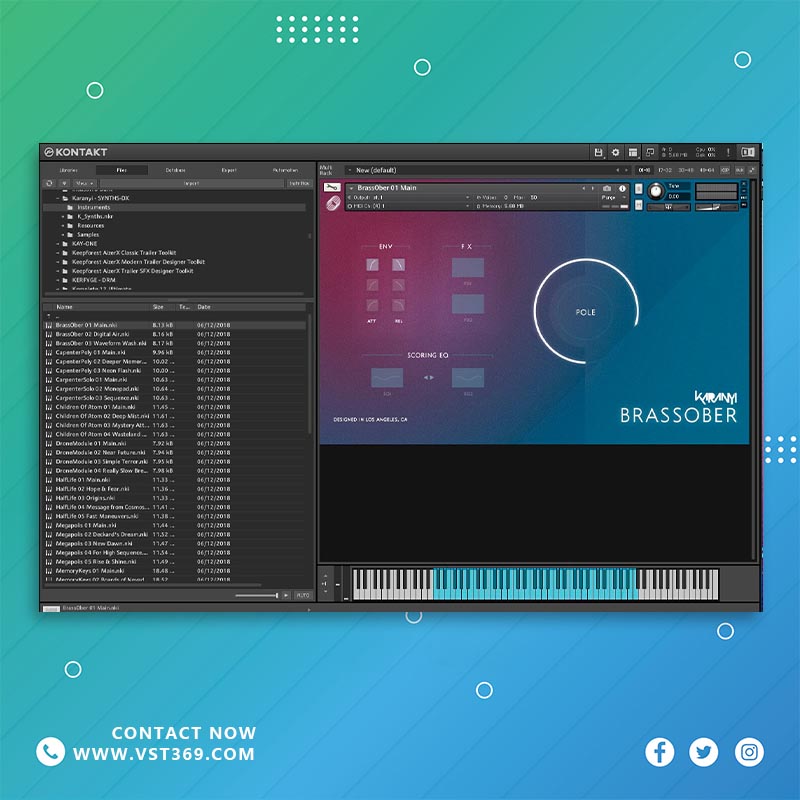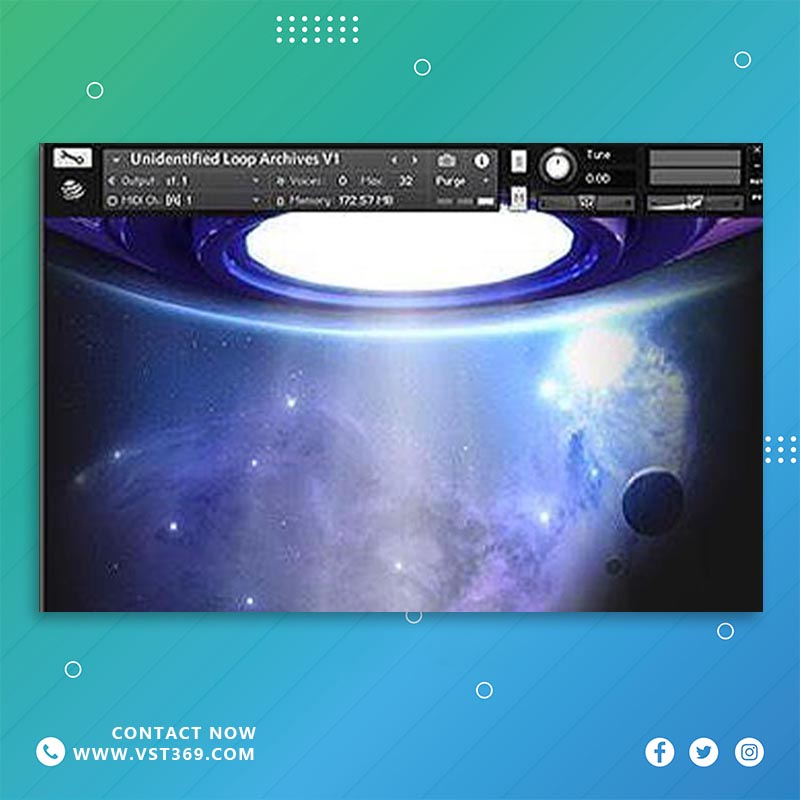Waterharp 是一个深度多采样的打击乐器和效果乐器库,它捕捉了水琴的核心和灵魂。这种独特的仪器概念最初是由 Richard Waters 在 1960 年代后期开发的。水听器——通常也被称为水竖琴——有各种形状和大小,但它们通常遵循相同的基本设计:带有空心黄铜水室和长颈的黄铜容器。房间的顶部装饰有垂直的黄铜尖齿或酒吧。它是通过弹奏、敲击和弯曲这些尖齿来演奏的,它们共同产生共鸣,创造出黑暗的谐波或不和谐的音调和纹理。尖齿被切割成特定的长度,并在它们缠绕在水听器的主体上时形成鳞片。向腔室添加水并改变水听器的位置会极大地改变演奏乐器时产生的音高和谐波。水室本身也可以作为打击乐器演奏。总体而言,水听器可以被认为是一种调音和未调音的打击乐器,但最常用于悬疑和恐怖配乐和声音设计中,作为一种戏剧性的音效工具。
Waterharp is a deeply multi-sampled percussion and effects instrument library that captures the heart and soul of the waterphone. This unique instrument concept was originally developed by Richard Waters in the late 1960s. Waterphones — also commonly known as Water Harps — are found in all shapes and sizes, but they generally follow the same basic design: a brass vessel with a hollow brass water chamber and a long neck. The top side of the chamber is adorned with vertical brass tines or bars. It is played by strumming, striking and bowing these tines, which resonate together creating darkly harmonic or dissonant tones and textures. The tines are cut to specific lengths and arranged to create scales as they wind around the body of the waterphone. Adding water to the chamber and changing the position of the waterphone drastically changes the pitch and harmonics that are produced when the instrument is played. The water chamber itself can also be played as a percussion instrument. Overall, the waterphone can be considered as both a tuned and un-tuned percussion instrument, but is most often used in suspense and horror soundtracks and sound design as a dramatic sound effect tool.




